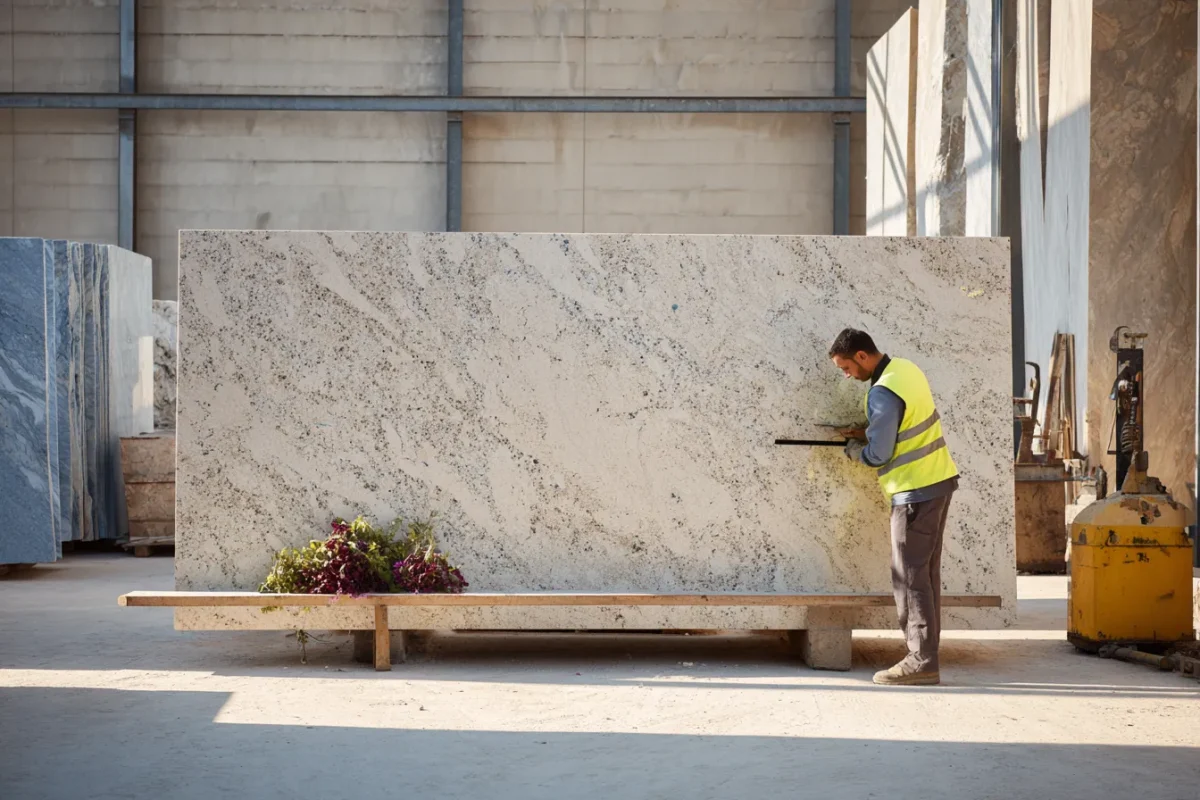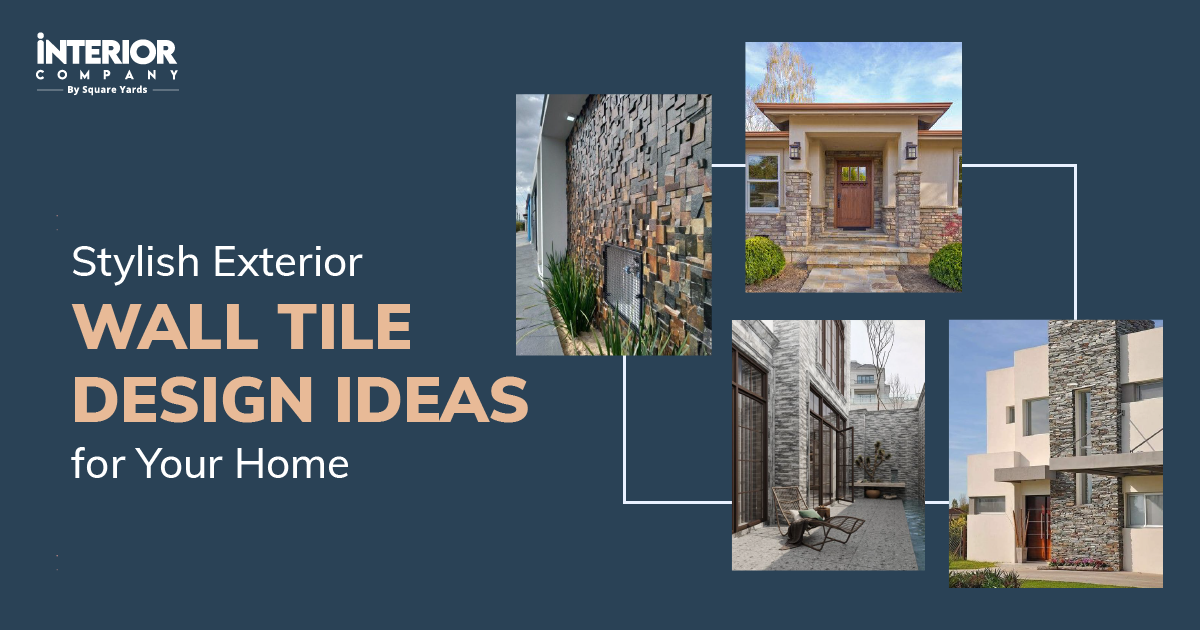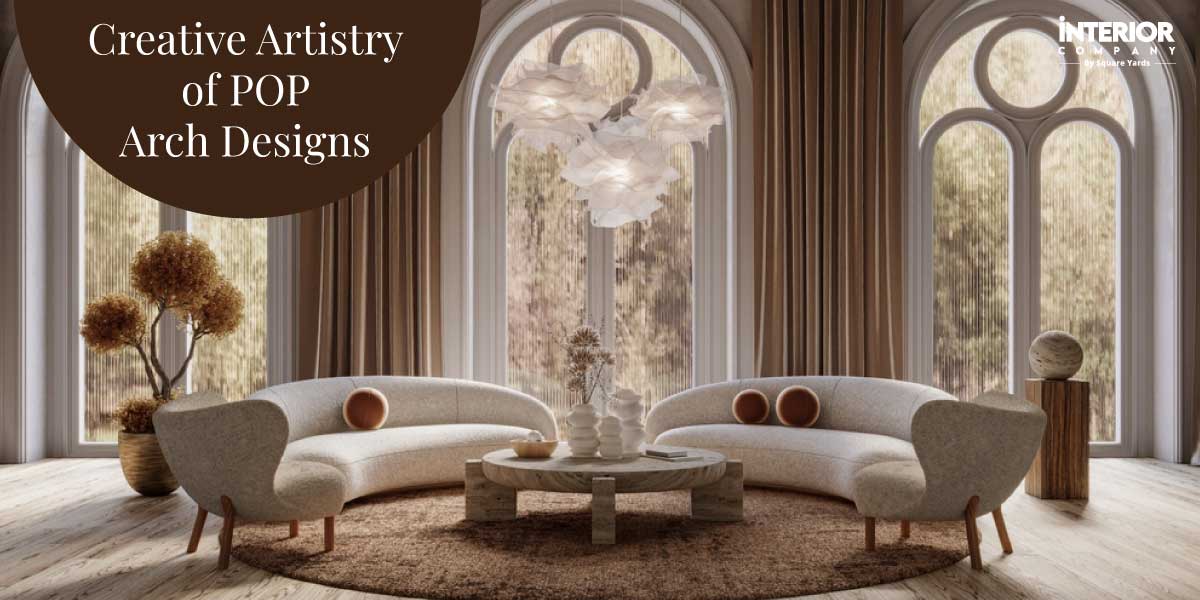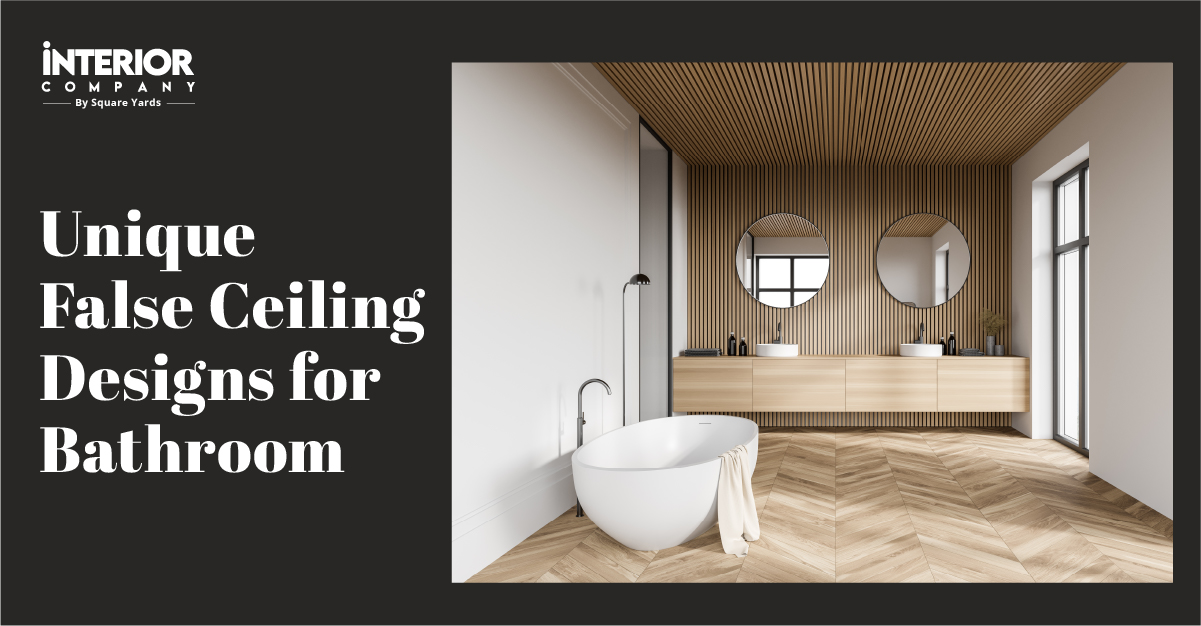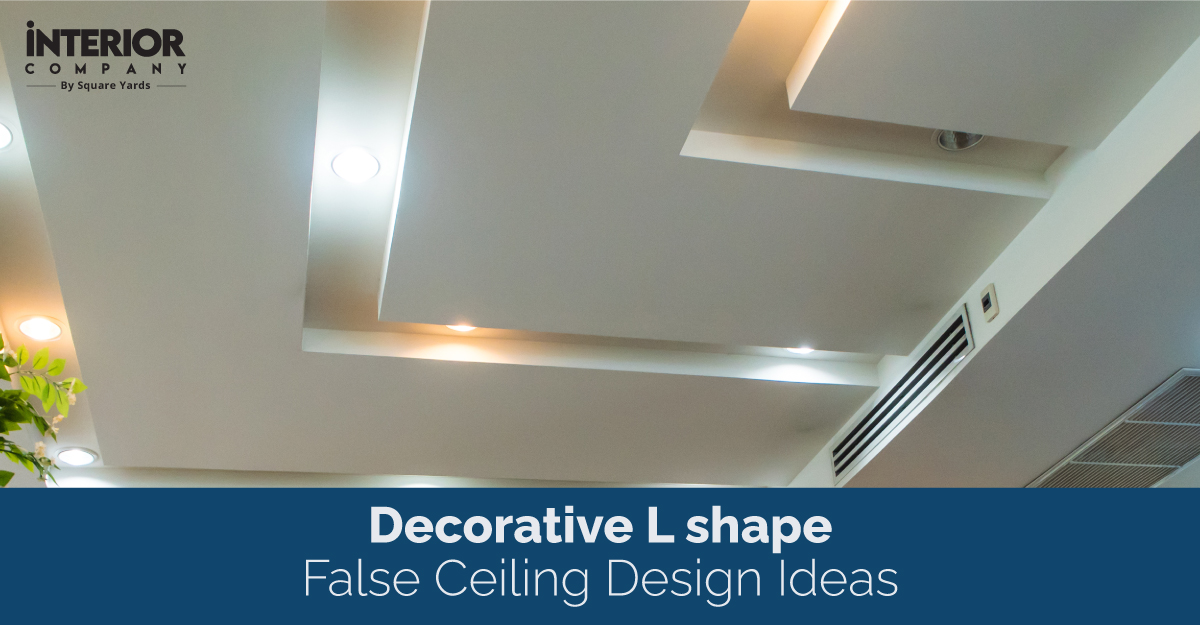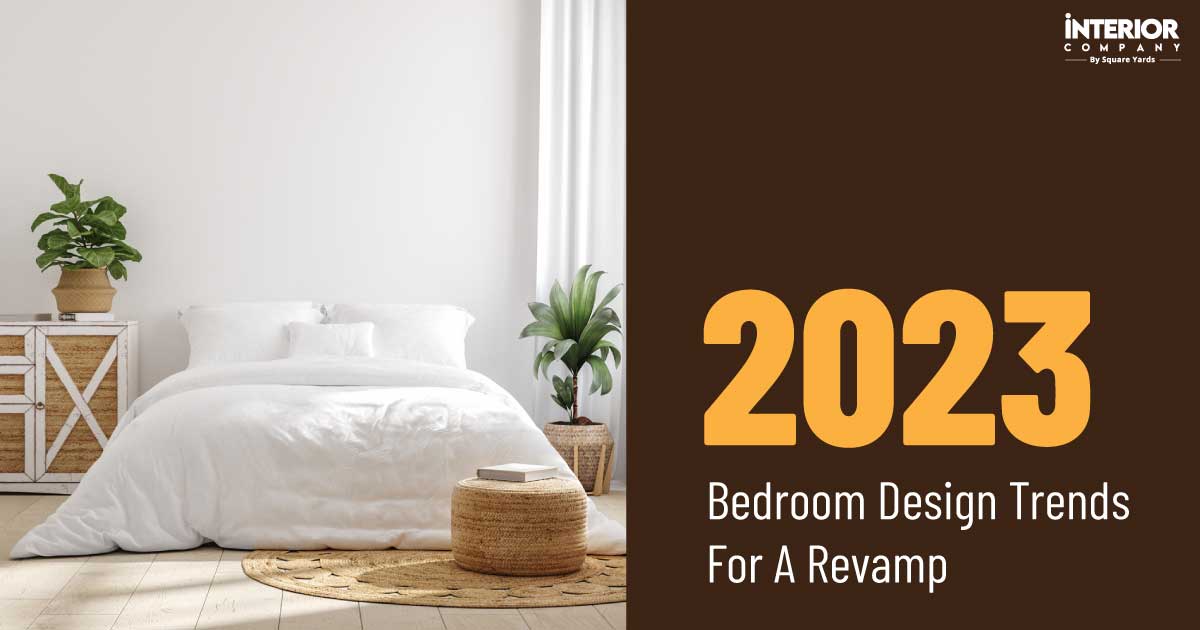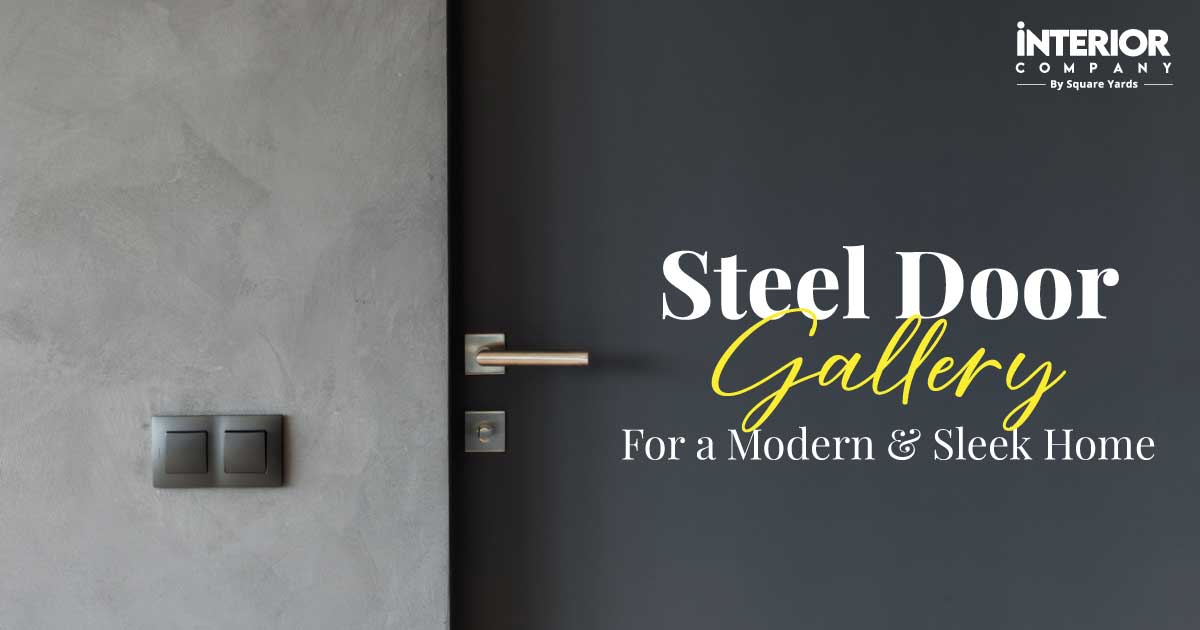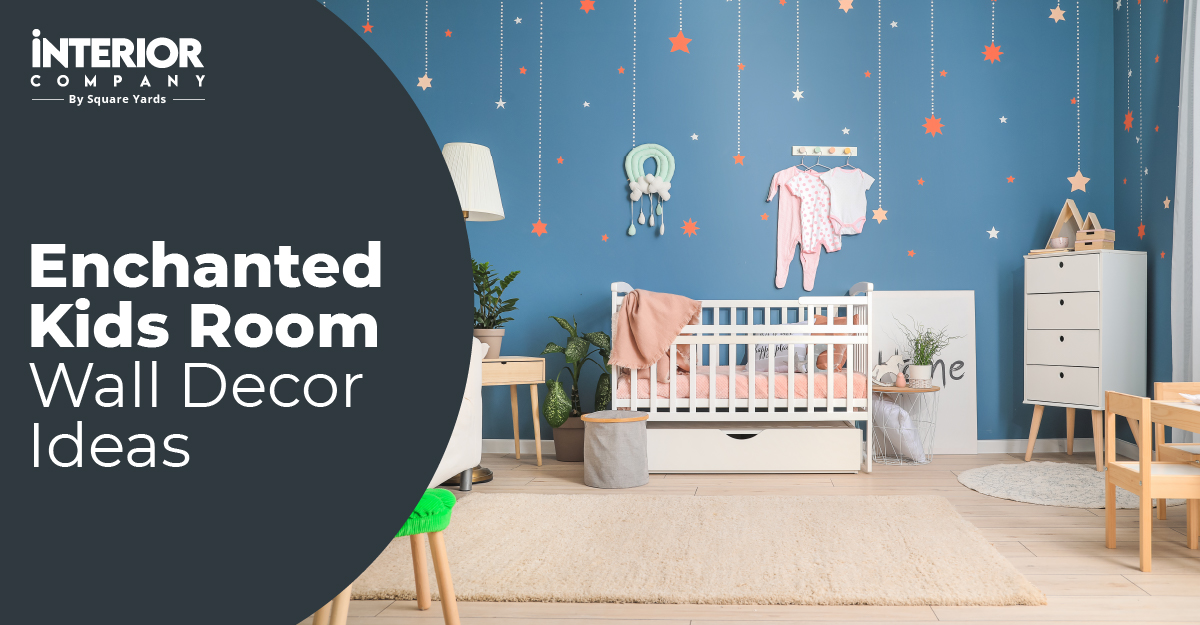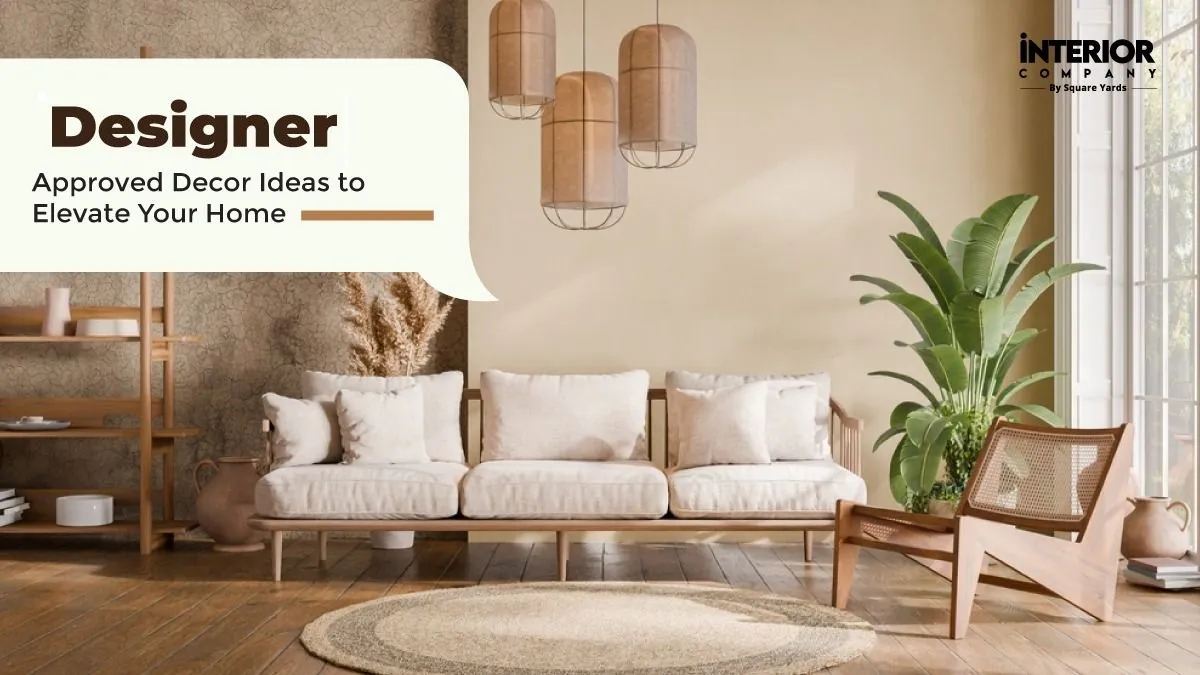- Kitchens
- Design Ideas
- Cities
- Trends
- Guides
- Price Calculators
- Our PortfolioNEW
- More
- Home
- Trends
- Construction
- Materials
- Engineered Wood Vs Plywood
Engineered Wood vs Plywood- Which One is Best for Furniture?
Materials are vital components in a variety of construction and design applications, and selecting the right material is vital; it can have a tremendous effect on furniture performance, reliability, and affordability. This blog delves into the disparities between two renowned materials- engineered wood and plywood. Both materials have distinct qualities as well as drawbacks. Let’s learn about the difference between plywood and engineered wood, in terms of their composition, strength, upkeep, cost, and furniture use.
Table of Content
What is Engineered Wood vs Plywood?
Engineered wood is a composite wood material formulated from wood fibres, resin, and wax. It is created by combining strands and particles of wood under high pressure and heat to make a strong fused material. This versatile material has the ability to be moulded into different shapes and sizes while fabricating for a variety of applications.
On the other hand, thin sheets of wood veneers are assembled with binding agents to create the desirable plywood material. It is available in a range of forms and can be used to make a variety of furniture, such as wardrobes, cabinets and other home fixtures.
Also Read: Difference Between HDF vs MDF
Types of Engineered Wood
Before we dive into the details of the difference between engineered wood and plywood to determine which one is the better choice, let's understand the types of engineered wood and the advantages and downside of the material.
Engineered wood is a man-made construction material made from various layers of wood products like softwoods, hardwoods, sawmill scraps and other types of wood leftovers.
Following are the most common types of Engineered Wood:-
- Plywood
- Particleboard
- Medium-density fiberboard (MDF)
- Oriented strand board (OSB)
Pros Of Engineered Wood
- Engineered wood's availability varies in the form of thickness and shapes, making it suitable for homeowners and designers, suitable for a wide range of applications.
- Its enhanced versatility and environmentally-friendly naturehas revolutionised the furniture industry, becoming a smart and reliable choice.
- When you compare engineered wood vs plywood, the former is more affordable and can be customised to meet specific needs.
Cons of Engineered Wood
- It requires binding materials and other harmful chemicals such as formaldehyde to create a strong product.
- It fails to provide a smooth aesthetic appeal, whereas solid wood exudes natural beauty.
- While differentiating engineered wood vs commercial plywood, it offers limited resistance to humidity and moisture.
Types of Plywood
Plywood is a strong, versatile material for making quality furniture because of its enduring strength and reliability. It is fabricated from layers of wood veneer, known as 'plies,' that are bonded together. Below are the types of plywood used in the home construction process.
- Softwood Plywood
- Sanded Plywood
- Structural Plywood
- Hardwood Plywood
- Flexible Plywood
Pros of Plywood
- Plywood is a strong, lightweight, and long-lasting material that can withstand wear and tear, and is easy to handle and transport.
- It is less prone to expansion and shrinking.
- The ideal engineered wood material can be used for both structural and decorative purposes.
- It is available in various thicknesses and grades according to the specific requirements.
Cons of Plywood
- It may contain voids and knots in its lower grades.
- Prolonged exposure to moisture leads to sagging of material.
- It is more costly than other variants of engineered wood, like MDF or particleboard.
Difference Between Engineered Wood and Plywood
Composition:
The composition of engineered wood vs plywood is different. Engineered wood is composed by combining wood fibres, resin, and wax. On the other hand, plywood is fabricated from layers of wood veneers that are glued and placed perpendicular to each other, forming a cross-grain texture. This composition makes plywood a more resilient and durable material than engineered wood.
Also Read: Difference Between HDHMR and Plywood
Maintenance:
Both engineered wood and plywood are easy to maintain and can be cleaned with a damp cloth. However, engineered wood is more prone to scratches and dents, while plywood can withstand more wear and tear. To enhance the visual appeal of engineered wood, it needs to be polished regularly, whereas plywood requires occasional polishing. When exposed to moisture, plywood can warp or split, while engineered wood is observed to have sustained its shape and stability.
Cost:
When it comes to the cost factor, differentiating engineered wood vs plywood, the former is less expensive. As, engineered wood is made from recycled wood fibres, which are low-priced and more readily available than supreme wood veneers. However, the cost of these popular materials also varies depending on the quality and thickness of the wood. Higher-grade options are more valuable than lower-grade options.
Furniture Use:
Engineered wood is often used for bookshelves, drawer bottoms, and back panels due to its uniformity and firmness. Plywood is a suitable choice for counter tabletops, chair seats, and cabinet doors because of its stability and strength.
What Is MDF?
MDF (Medium-density Fibreboard) is a type of engineered wood formed by mixing wood fibre residuals with resins bonded at high temperatures and pressures. It is a preferred choice for designers and furniture makers due to its cost-effectiveness, uniformity, and durability. MDF is known for its smooth and seamless finish.
Pros of MDF
- Medium-density board does not bend but snaps under duress.
- It provides a smooth surface and does not have knots or wraps.
- MDF is resilient to moisture in humid conditions and offers dimensional stability.
- It is a cheaper alternative to natural wood and can be cut or carved into designs
- Ideal for furniture making, including kitchen cabinetry, consoles, and wardrobes.
Engineered Wood vs MDF vs Plywood
To make an informed decision about which wood material to use for your home or office interiors, it is essential to understand the differences between engineered hardwood MDF vs plywood. Below is the comparison between them based on the composition, strength, durability, use and cost to help you choose the best quality and cost-effective wood material.
| Factor | MDF | Plywood |
| Composition | Made by mixing fibres of hardwood and softwood with wax and resins | Formed by glueing thin sheets of wood veneers |
| Strength | Low Tactile Strength | Strongest material |
| Water Resistance | More susceptible to water damage | Less susceptible to water damage |
| Weight | Denser and Heavier | Lightweight |
| Life Expectancy | Mdf with lamination can last up to 15-20 years | Veneered Plywood can last up to 50 years |
| Cost | Affordable | More expensive |
| Environmental Factors | Made from recycled materials, thus eco-friendly | Can be made from sustainably sourced wood to minimize its environmental impact. |
Which Is Better? Engineered Wood vs Plywood
Plywood is considered the best among engineered woods with its unique characteristics and tailor-made designs for different applications. While engineered wood is a cost-effective and eco-friendly choice for temporary and outside constructions, as it is less susceptible to warping and water damage than plywood. However, for sturdy home constructions, plywood is a better option. When choosing between these essential materials, it’s important to consider several factors, such as personal needs, budget, intended use, and environmental conditions.
Ready for a home transformation?
Let our designers assist you!
Recent Posts
Plywood is a preferred choice for interior projects where a uniform appearance is desired, as the thin layers of veneer create a cross-grain pattern, adding aesthetics to the living space. Whereas, engineered wood is the best choice for areas that experience frequent changes in humidity or temperature, given its lesser susceptibility to warping or expansion than plywood.
Plywood is a type of engineered wood that is relatively more expensive than its other variants and comes in different qualities and thicknesses while inducing strength and longevity to the furniture elements.
Generally, plywood is a more expensive and stronger material than the other variants of engineered wood.
Engineered wood, also known as man-made wood material, is manufactured from artificial methods and can be designed with waterproof adhesives for outdoor use.
Related Category
- Exterior Design
- False Ceilings
- Furniture
- Tips and Advice
- Walls and Texture


